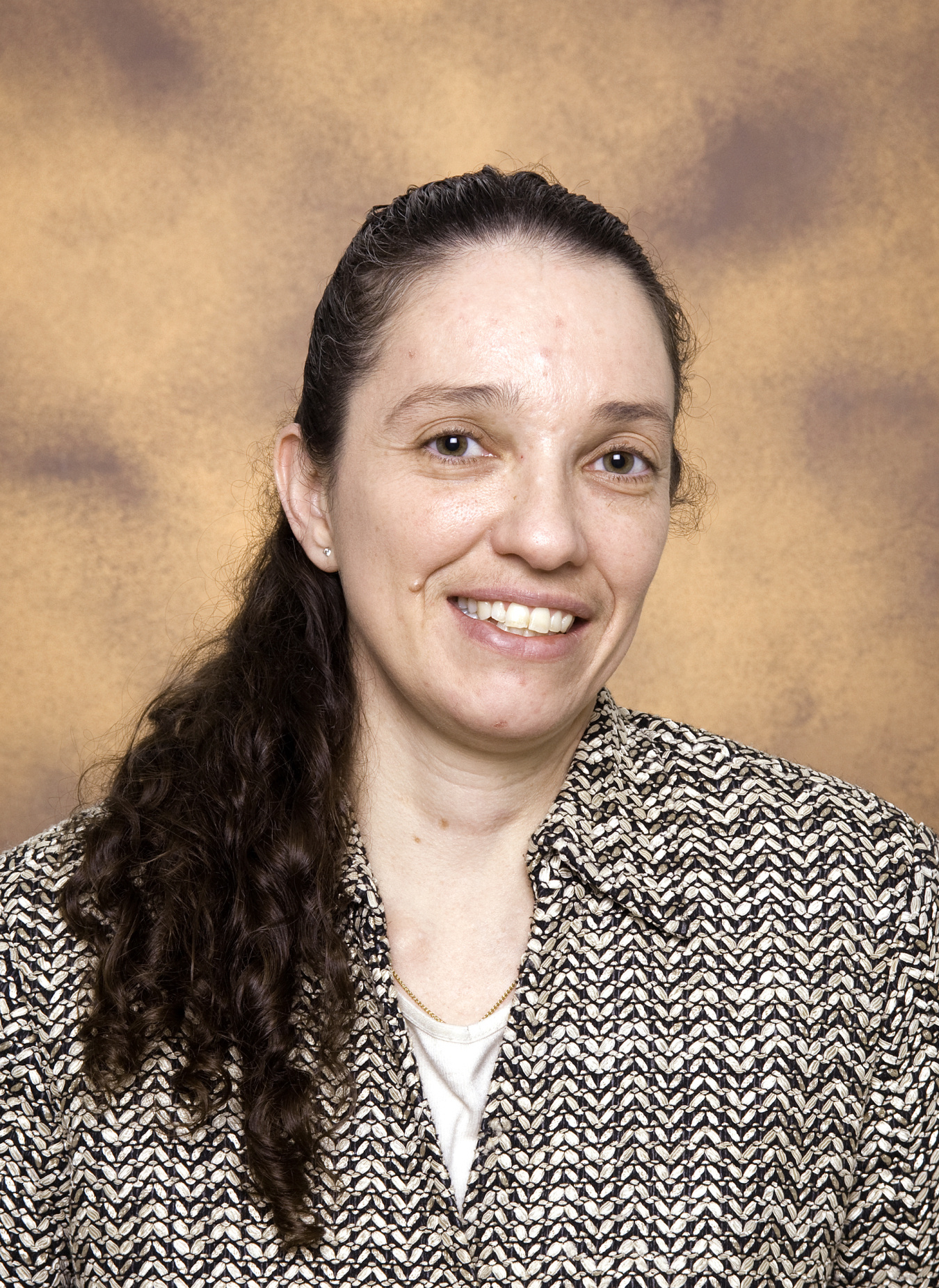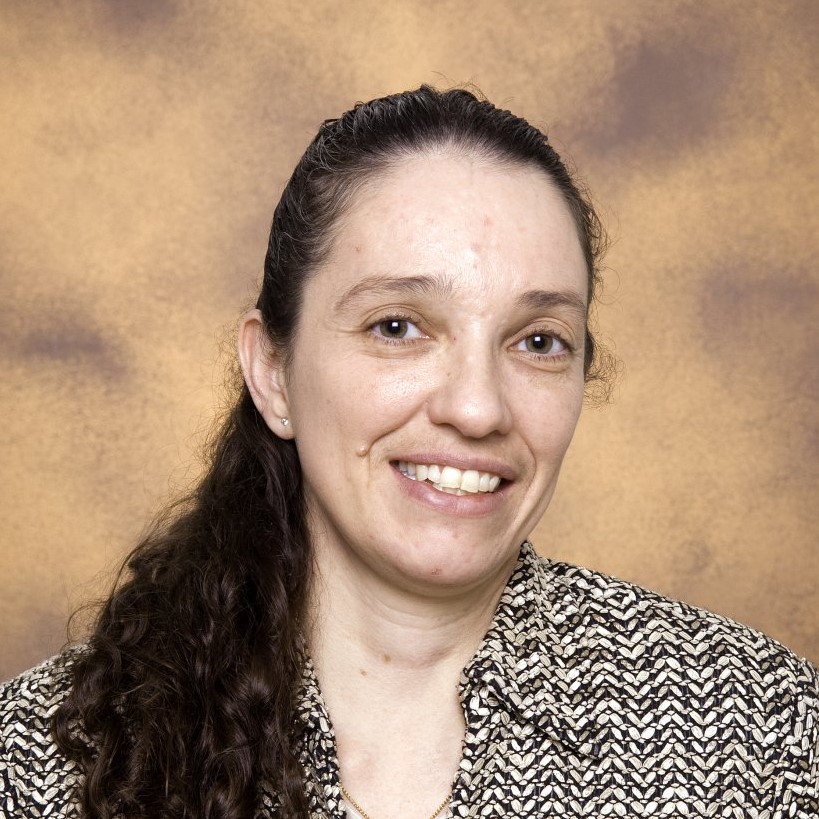The $178-million Pacific Northwest Smart Grid Demonstration Project, which received $89 million in Recovery Act funding through the Office of Elect...
September 10, 2015One of the nation’s largest and most comprehensive smart grid demonstration projects recently concluded, offering up valuable results and lessons learned. The $178-million Pacific Northwest Smart Grid Demonstration Project, which received $89 million in Recovery Act funding through the Office of Electricity Delivery and Energy Reliability, covered five states and involved 11 utilities, two universities, and many technology providers. The broad range of technologies deployed included advanced metering infrastructure; voltage control; fault detection, isolation and restoration systems; peak load reduction; energy storage battery systems; and microgrids. The project also implemented one of the world’s first transactive coordination systems – a strategy in which both supply and demand communicate and negotiate the cost and quantity of electrical energy that will be supplied and consumed. The project’s ultimate goal was to improve reliability, optimize energy management, and achieve energy efficiency.
The project’s Technology Performance Report explains how each of the 11 test sites achieved meaningful results, with the participating utilities gaining valuable experience in the challenges and benefits of deploying and operating smart grid equipment. Below are a few highlights from the project’s many findings.
- Many of the more than 50 different technologies deployed and evaluated demonstrated reduced energy use and improved reliability.
- Avista’s smart meters saved about $235,000/year in service calls.
- Testing of a battery installed by Portland General Electric suggests that savings of up to $146,000/year in peak power demand may be possible.
- Voltage controls installed by Avista are reducing annual energy use by about 7.8 GWh and saving $500,000/year on the company’s Pullman feeder.
- NorthWestern Energy’s new fault detection, isolation and restoration system reduced power outage times for some customers to under a minute -- almost 2 hours less than those not utilizing the technology.
- The basic functionality of the transactive system was confirmed. Analysis using modeling and simulation showed the potential for an 8% reduction of regional peak load utilizing only 30% of the available demand response assets.
Demonstration projects provide important insights into the challenges that must be overcome before full-scale deployments for grid modernization can take place nationwide. Key lessons learned from this project include:
- Modeling and Analysis - For transactive energy systems to advance, additional R&D is needed in areas such as improved load modeling and forecasting techniques, methodologies for monetizing incentive signals, control system analysis to identify stability and convergence requirements, and technical and policy research identifying value streams.
- Data Quality and Quantity - Better tools and techniques are needed for utilities to operate and maintain smart grid equipment.
- Interoperability and Standards - Smart grid technologies should be designed to work together and smart grid technology standards should be further developed.
- Mature Markets and Equipment - Smart grid technologies and their markets need to mature and stabilize for smart grid deployment to succeed.
- Customer Interactions - Public involvement is the key to a successful smart grid deployment, though there is no one-size-fits-all approach.
One of the exciting aspects of this project is its broad implications for the Northwest U.S. This investment resulted in the regional grid being equipped with modern sensors that are providing high-resolution data on the health of the grid. That wealth of information holds the promise of allowing for real-time control of the grid in that region, resulting in a more efficient, resilient, and secure energy infrastructure. In addition, many of the participating utilities have ongoing smart grid efforts and continue to improve and upgrade their systems, with their experience guiding their ongoing and future smart grid investments.
Another important sign of progress being made in the Northwest was last month’s unveiling of a new facility at DOE’s Pacific Northwest National Laboratory (PNNL) that integrates high performance computing with cyber-security related to the grid, and includes a power electronics lab to develop and test software and devices. As Deputy Energy Secretary Elizabeth Sherwood-Randall told the crowd of dignitaries, PNNL employees and local community leaders at the event, "The new Systems Engineering Building at PNNL will help drive the science and engineering necessary to provide a clean energy future for the nation. It will let researchers here address national challenges related to the electricity delivery and energy conservation from cyber-security to reliability. The private sector and the government must work together to ensure that we can prevent and recover from grid disruptions, whether they come from cyber-attack, physical attack or severe weather that is brought on by climate change."
Stay tuned for future updates on our efforts to ensure a resilient, reliable, and flexible electricity system.
Patricia A. Hoffman

Acting Assistant Secretary, Principal Deputy Assistant Secretary, Office of Electricity
Former Principal Deputy Assistant Secretary for the Office of Electricity (OE) at the U.S. Department of Energy (DOE), Ms. Patricia A. Hoffman also served as Acting Under Secretary for Science and Energy from January 2017 until November 2017 when the U.S. Senate confirmed Mark Menezes as Under Secretary of Energy. Ms. Hoffman served as Acting Assistant Secretary for OE from January 2017 until October 2017 when the OE Assistant Secretary was confirmed by the U.S. Senate.
Ms. Hoffman was named Assistant Secretary for OE from June 2010 to January 2017, after serving as Principal Deputy Assistant Secretary since November 2007. The focus of her responsibility was to provide leadership on a national level to modernize the electric grid, enhance the security and reliability of the energy infrastructure and facilitate recovery from disruptions to the energy supply both domestically and internationally. This is critical to meeting the Nation’s growing demand for reliable electricity by overcoming the challenges of our Nation’s aging electricity transmission and distribution system and addressing the vulnerabilities in our energy supply chain.
Prior to her this position, Ms. Hoffman served in a dual capacity as Deputy Assistant Secretary (DAS) for Research and Development (R&D) and Chief Operating Officer (COO) within OE. During her tenure as the DAS for R&D, she developed the long-term research strategy and improved the management portfolio of research programs for modernizing and improving the resiliency of the electric grid. This included developing and implementing sensors and operational tools for wide-area monitoring, energy storage research and demonstration, and the development of advanced conductors to increase the capacity and flexibility of the grid. She also initiated a new research effort focused on integrating and distributing renewable energy through the electric grid, such as promoting plug-in hybrid electric vehicles and implementing smart grid technologies to maintain system reliability. As COO, she managed the OE business operations, including human resources, budget development, financial execution, and performance management.
Prior to joining OE, she was the Program Manager for the Federal Energy Management Program within the Office of Energy Efficiency and Renewable Energy at DOE. This program guides the Federal government to “lead by example” promoting energy efficiency, renewable energy, and smart energy management. Complementing her building energy efficiency experience, she also was the Program Manager for the Distributed Energy Program, which conducted research on advanced natural gas power generation and combined heat and power systems. Her accomplishments included the successful completion of the Advanced Turbine System program resulting in a high-efficiency industrial gas turbine power generation product.
Ms. Hoffman holds a Bachelor of Science and a Master of Science in Ceramic Science and Engineering from Pennsylvania State University.


